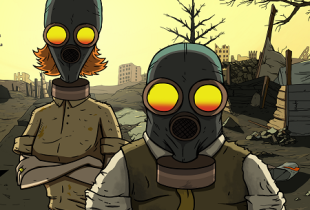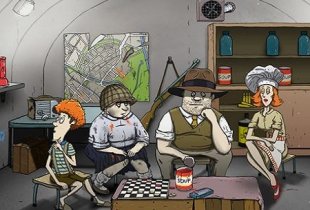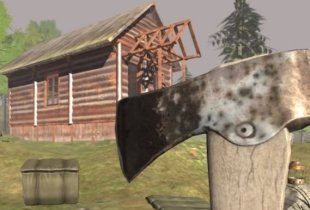Game description:
99 Nights in the Forest is a survival simulation that places you in a dense woodland during successive nights. You manage your shelter, gather resources, and monitor threat levels as darkness deepens. You must collect firewood, set protective barriers, and prepare for encounters that escalate over time. The gameplay loop revolves around daily routines followed by tense night phases, making each cycle feel deliberate and survival-driven rather than random.
Resource Management And Shelter
You start with minimal gear—a basic knife, a cloth strip, and a simple camp site. Each daylight phase allows you to gather wood, forage for food, and mine simple materials. You use gathered items to reinforce the shelter, craft small tools, and fuel a fire to extend nighttime safety. As nights progress, material needs increase: you stack logs by behavior patterns of local wildlife, reinforce weak points in the shelter, and deploy deterrents around your perimeter. The layout of the forest matters—for example, a water source nearby speeds camp setup but shifts wildlife activity toward your shelter.
Night Phases And Threat Cycles
Each night introduces incremental threats: rustling sounds, distant movements, and small creatures probing barriers—and after several nights, larger predators arrive. You track indicators through sound cues, track paths, and monitor trap resets. Threats escalate in types and frequency, but only if you fail to maintain camp routines. You decide when to repair, when to rest, and when to reinforce, balancing stamina and alertness. As nights pass, you learn patterns and adjust—not through random scaling but through environmental logic tied to your actions.
Core Activities:
· Forage for specific resources (wood, stones, herbs)
· Repair or expand shelter components and traps
· Monitor wildlife patterns and respond to disturbances
· Manage stamina, warmth, and fire fuel levels
· Reset and check traps before nightfall
Progression And Strategy
Progression depends on knowledge and layout adaptation, not on leveling or unlock trees. You memorize paths to resource clusters, mark safe zones, and ration items based on expected need across future nights. The forest layout shifts subtly: fallen branches block paths, new water puddles appear, and berry bushes grow back at different locations. You adapt by changing camp placement or adjusting routines—for instance, moving the fire closer to high-traffic zones to manage both threat and warmth.
Controls And Accessibility
Controls remain simple: move, interact, use item, set trap, and rest. Inventory has limited slots, encouraging deliberate item choices. You can remap keys and adjust UI scale or contrast if needed. Night vision or brightness sliders help with low-light visibility. For practice, you can enable a replay mode showing previous night layouts or resource points. A timed mode optional rule forces quicker cycles, while a relaxed mode removes stamina drain, letting you plan calmly. The design centers on planning, adaptability, and learning through patterns over time.























































































































































Comments